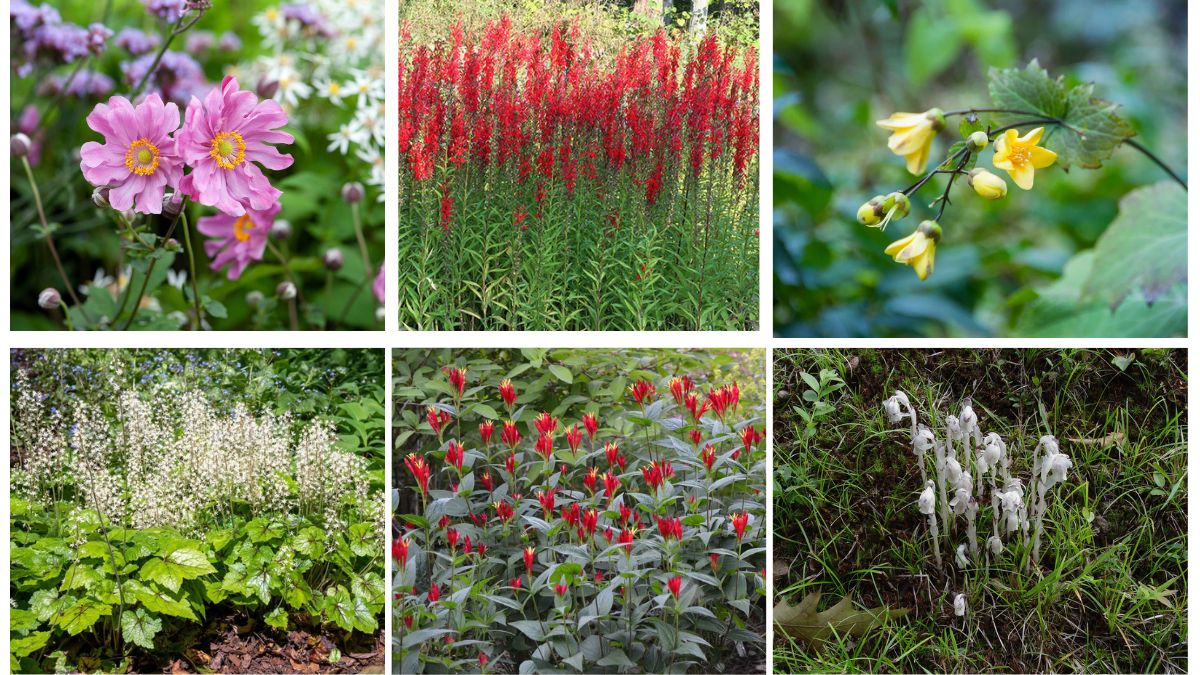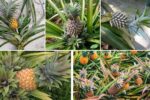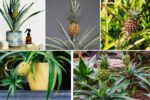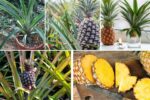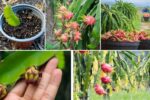Shady areas in a garden often get overlooked, but with the right plants, these dim corners can become some of the most enchanting spaces in your landscape. While most flowers crave sunlight, several rare and shade-tolerant varieties thrive in lower light, adding color, texture, and intrigue where you least expect it. If you have tree-covered spots or shaded patios that could use a lift, these 9 rare shade-loving flowers are perfect picks to illuminate those shadowy areas.
1. Toad Lily (Tricyrtis hirta)
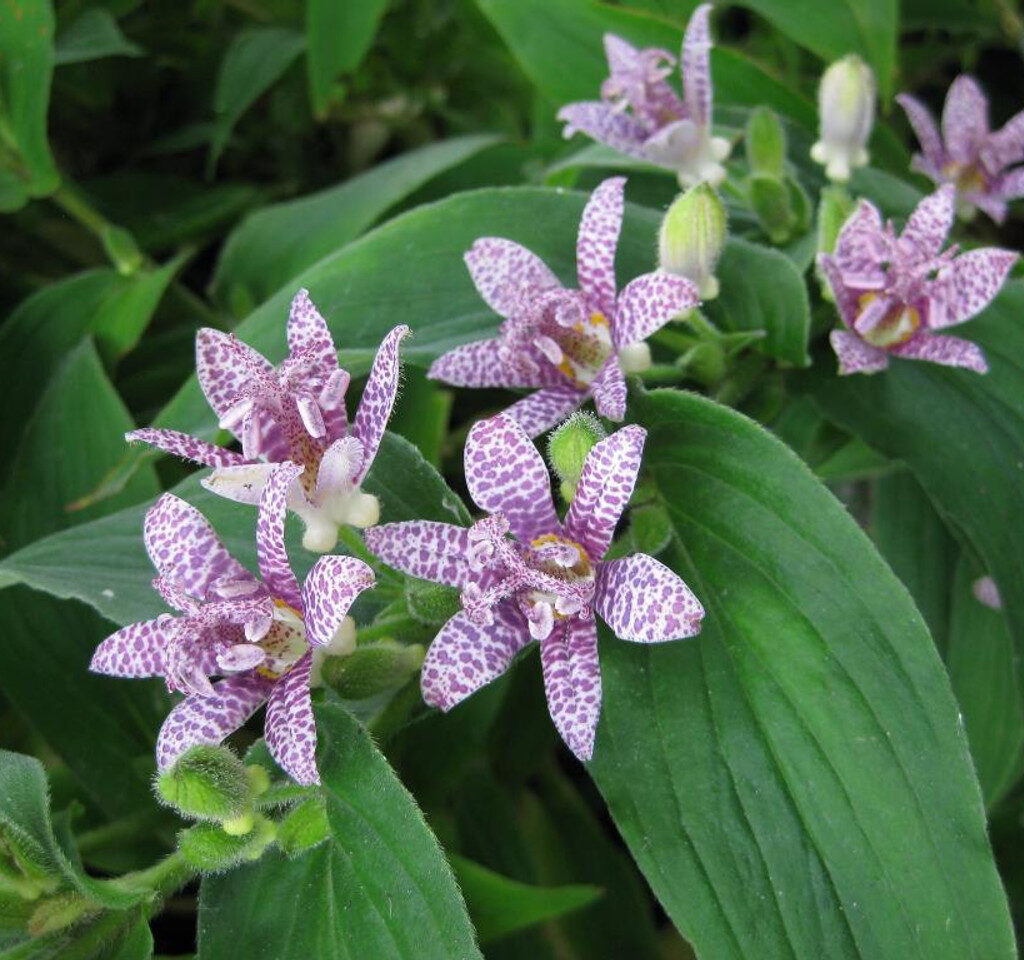
Toad Lilies are a hidden gem for shade gardens. These delicate, orchid-like flowers bloom in late summer to fall, with striking speckled petals in shades of purple, lavender, and white. Native to Japan, Toad Lilies prefer moist, well-drained soil and shady locations, making them ideal for woodland settings or north-facing garden beds. Their exotic, star-shaped blooms look exquisite near ferns and hostas. Despite their tropical appearance, they’re surprisingly hardy in temperate climates.
2. Chinese Ground Orchid (Bletilla striata)
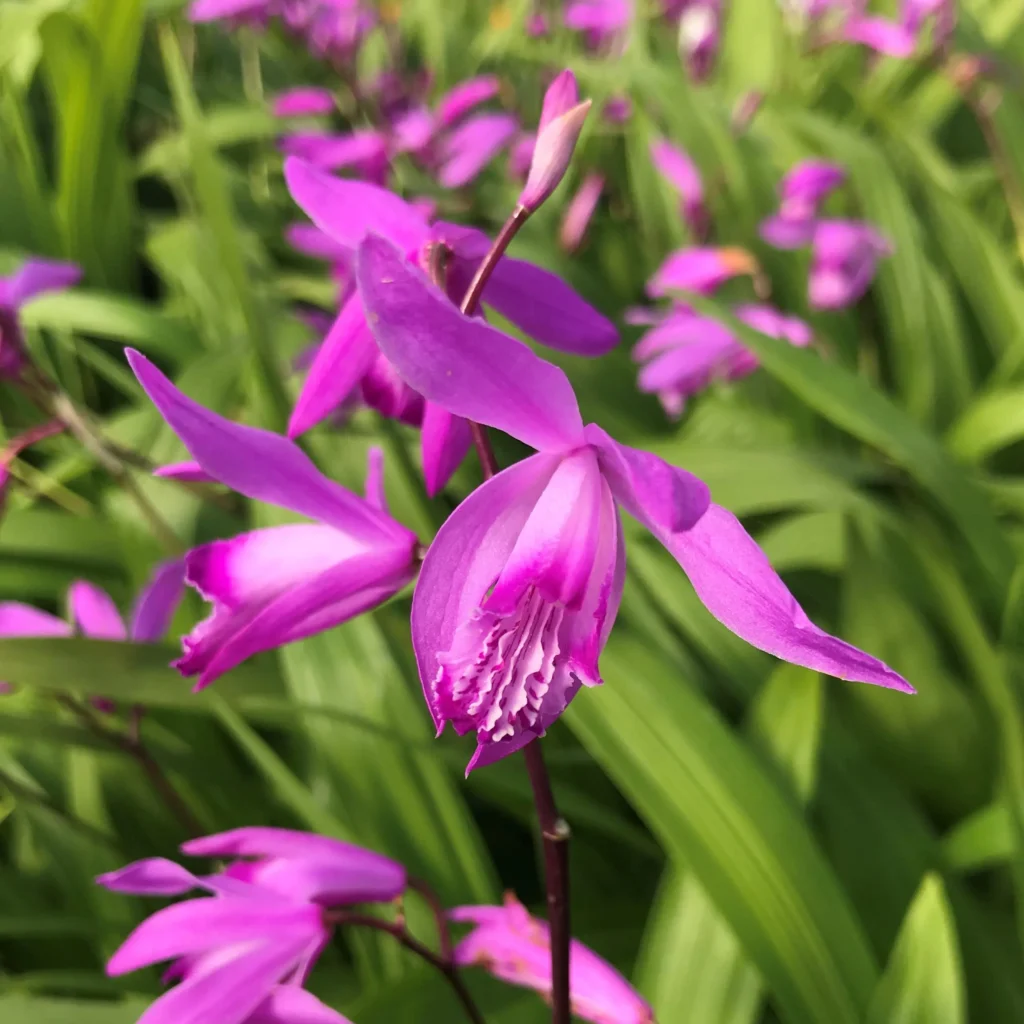
The Chinese Ground Orchid is a perennial delight for shaded gardens. Known for its vibrant purple-pink blooms, this hardy orchid species adds an unexpected tropical vibe to darker garden areas. Blooming in late spring, Bletilla striata features pleated, sword-like leaves and clusters of delicate, fragrant flowers. It thrives in partial to full shade with consistently moist soil. Easy to grow and resilient, it’s one of the few terrestrial orchids that gardeners can enjoy in less sunny spots.
3. Japanese Anemone (Anemone hupehensis)
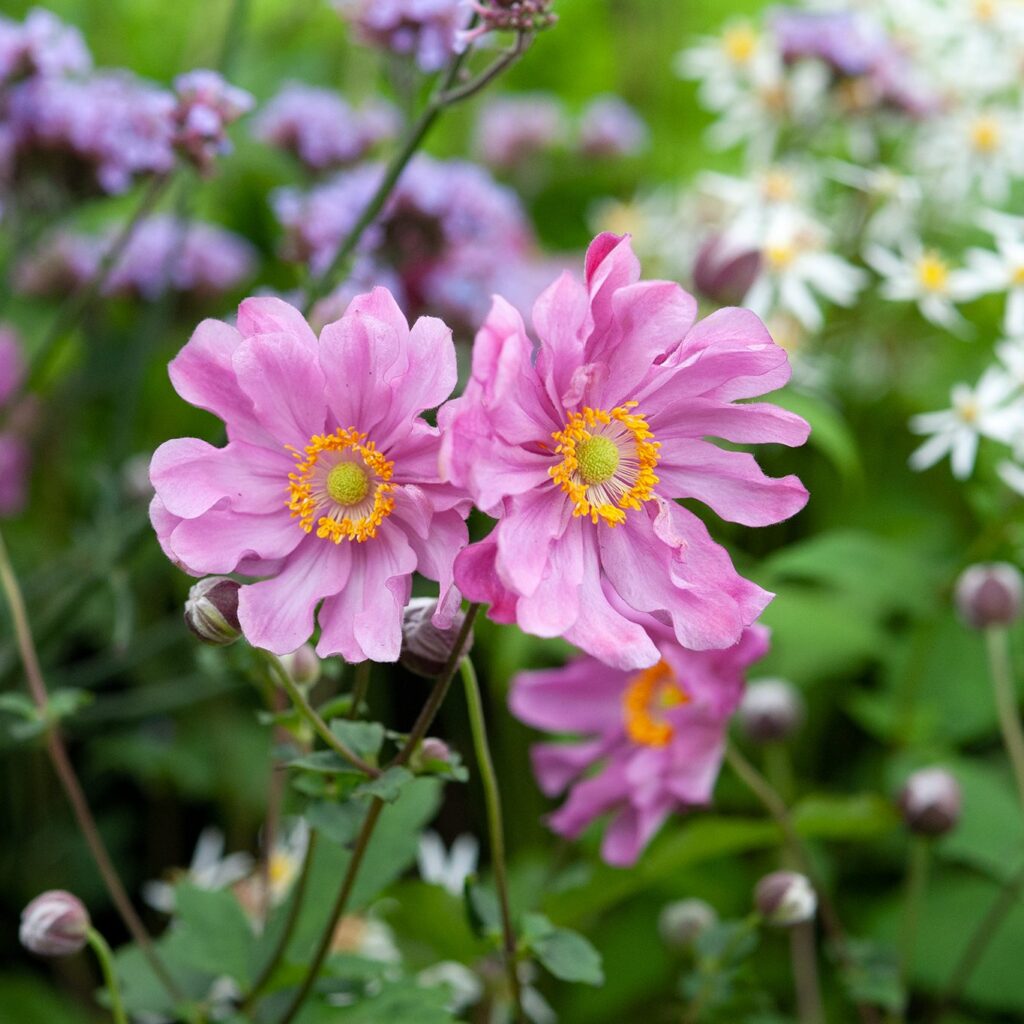
Elegant and graceful, the Japanese Anemone is a shade-loving perennial that blooms in late summer and fall when many other flowers have faded. These plants feature tall, wiry stems topped with delicate, saucer-shaped blooms in soft pinks, whites, and lavenders. They thrive in partial to full shade and tolerate a variety of soils, adding height and movement to dim garden corners. Japanese Anemones are perfect for under trees or alongside shaded fences, bringing airy beauty to dark spots.
4. Cardinal Flower (Lobelia cardinalis)
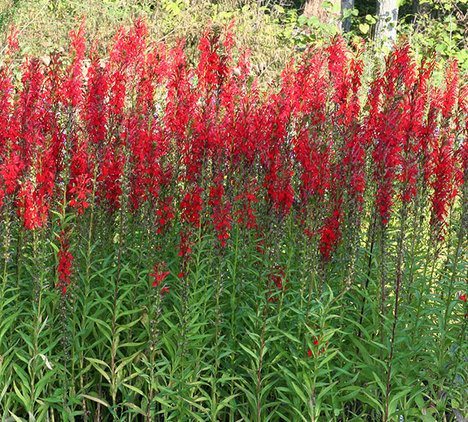
For gardeners craving a burst of vibrant red in shady areas, the Cardinal Flower is a standout choice. This native North American wildflower produces tall spikes of vivid scarlet blooms that attract hummingbirds and butterflies. While it tolerates sun, it performs best in moist, shaded locations like stream banks and woodland gardens. Its stunning color and upright form make it perfect for adding drama and vertical interest to dim spaces while supporting local pollinators.
5. Yellow Wax Bells (Kirengeshoma palmata)
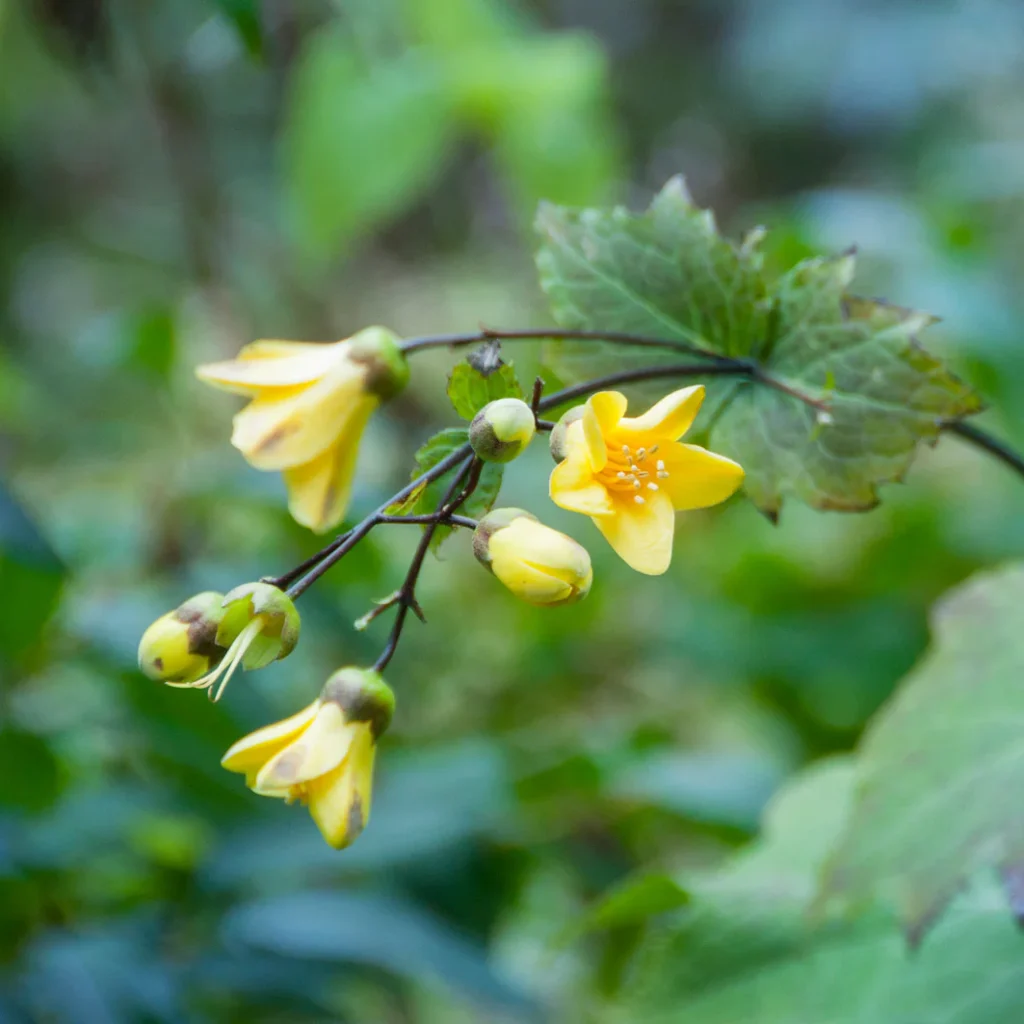
Yellow Wax Bells is an uncommon but striking perennial for shady gardens. Native to East Asia, this plant is valued for its bold, maple-like foliage and clusters of soft, bell-shaped, buttery-yellow flowers in late summer. The blooms dangle elegantly from tall stems, adding a touch of brightness and texture to shaded areas. Yellow Wax Bells thrive in rich, moist, well-drained soil and can grow impressively tall, making them ideal as a backdrop in woodland borders or shaded beds.
6. Himalayan Blue Poppy (Meconopsis betonicifolia)
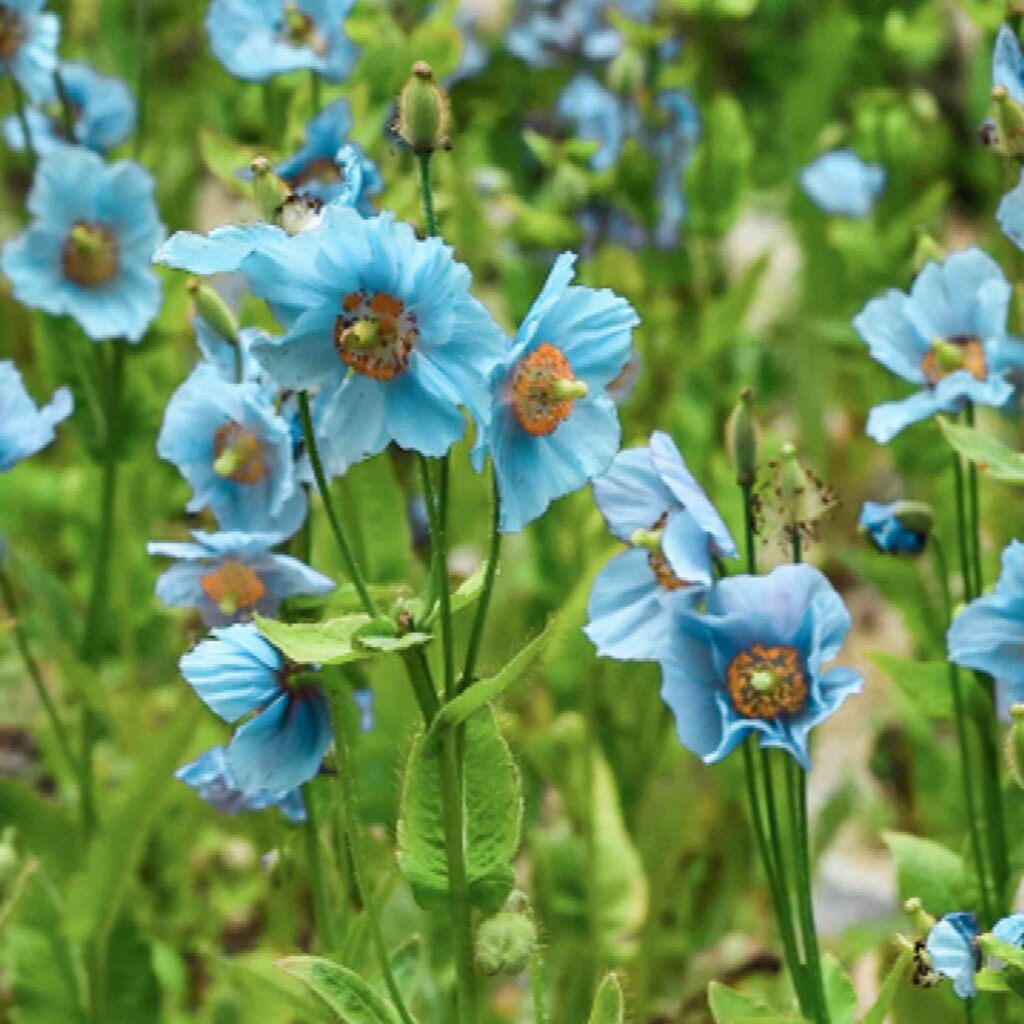
A true showstopper, the Himalayan Blue Poppy is famed for its rare, electric blue petals. Native to the cool, shaded woodlands of the Himalayas, this flower is notoriously tricky to grow but worth the effort for its breathtaking beauty. It prefers cool, moist, and shaded conditions with rich, well-drained soil. The large, papery blooms appear in late spring to early summer, creating an ethereal focal point in dim garden corners. Best suited for temperate or mountain gardens with partial shade.
7. Foamflower (Tiarella cordifolia)
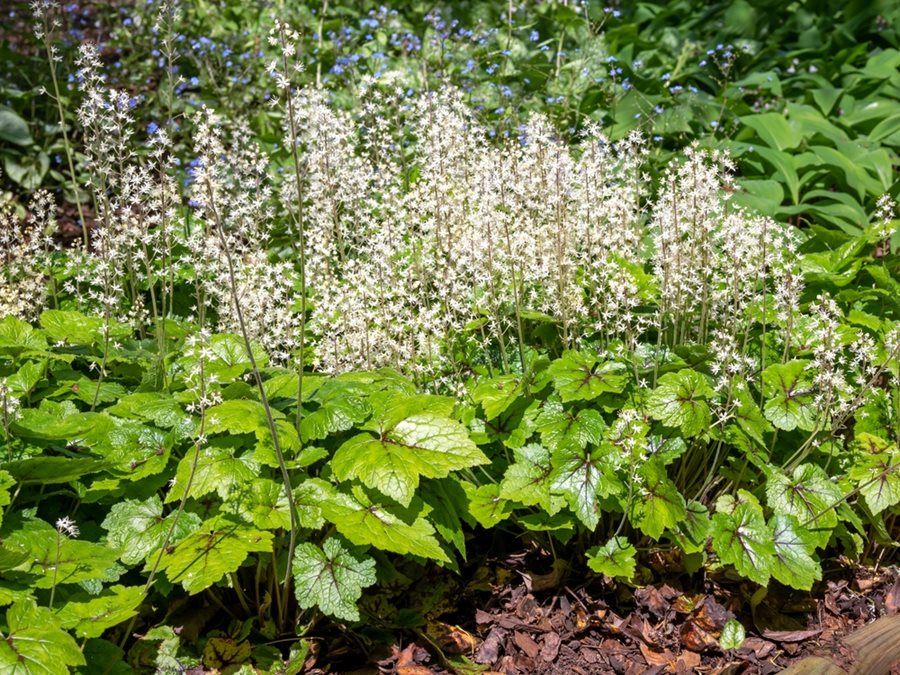
Foamflower is a charming native perennial that lights up shaded gardens with its frothy, bottlebrush-shaped clusters of tiny white or pink flowers in spring. Its attractive, heart-shaped leaves often feature deep veining or mottled patterns, offering year-round visual interest. Ideal for woodland gardens, under trees, or shaded borders, Foamflower thrives in moist, organic-rich soil. It spreads gently by runners, creating a lush, flowering ground cover that adds brightness and texture to shadowy areas.
8. Spigelia (Spigelia marilandica)
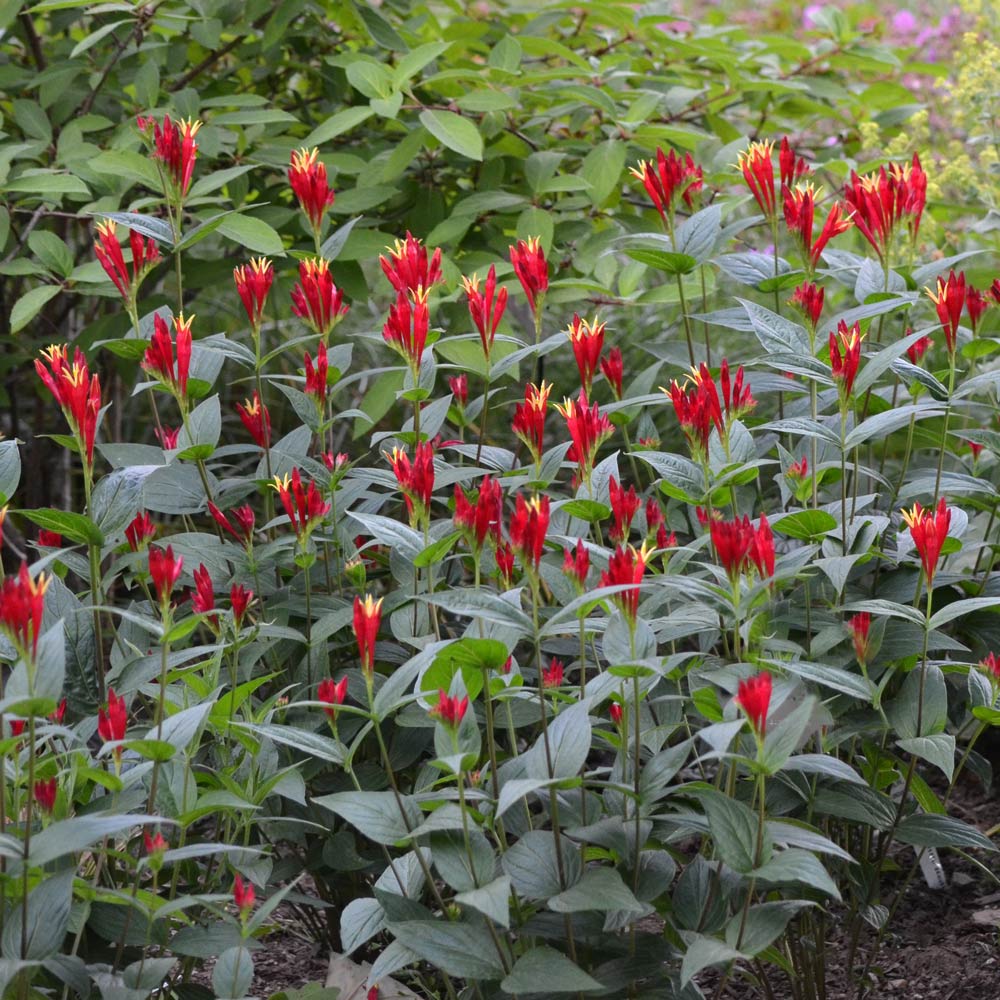
Spigelia, commonly known as Indian Pink, is a striking and rare wildflower native to the southeastern United States. It features tubular, bright red flowers with yellow star-shaped tips that bloom in late spring to early summer. The vibrant blooms contrast beautifully against its dark green foliage and are magnets for hummingbirds. This perennial thrives in partial shade with well-drained, consistently moist soil and adds bold color and unique form to shady garden beds or woodland edges.
9. Ghost Plant (Monotropa uniflora)
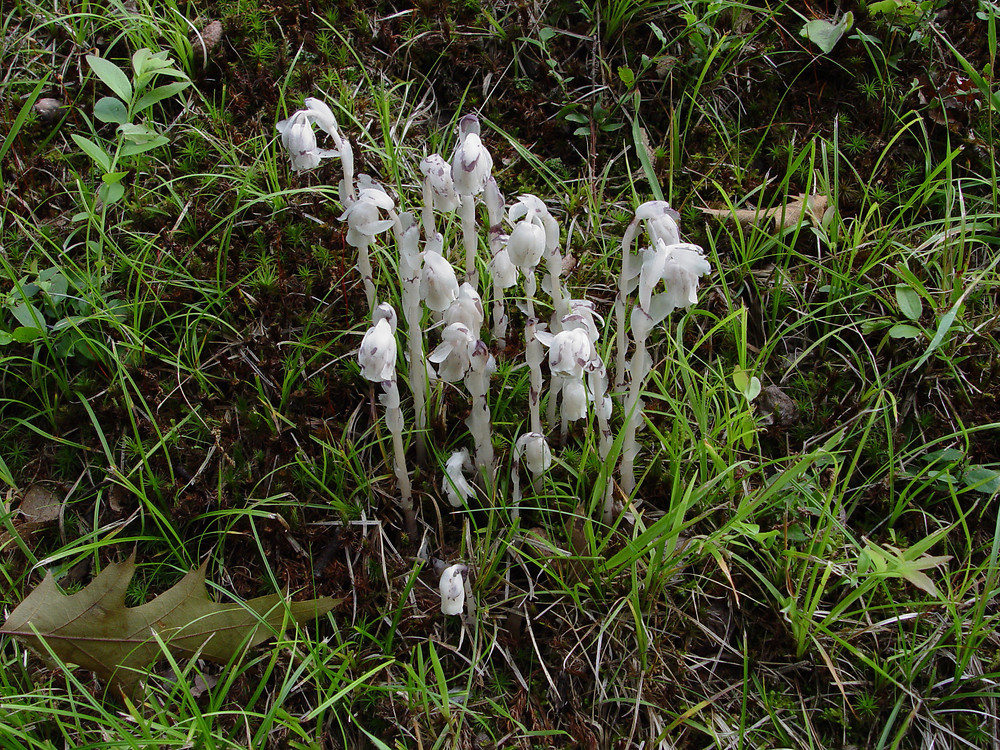
For those seeking truly unusual shade plants, the Ghost Plant or Indian Pipe is a fascinating choice. Unlike typical green plants, it’s ghostly white and lacks chlorophyll, drawing nutrients from decaying organic matter via a symbiotic relationship with fungi. Found naturally in deep, shady woodlands, it produces translucent, waxy bell-shaped flowers from early to mid-summer. While difficult to cultivate, spotting this rare plant in a shaded garden or forest is a memorable experience for plant enthusiasts.
Conclusion:
Transforming dark corners into beautiful, blooming spaces is entirely possible with the right shade-tolerant flowers. These rare and unique shade-loving plants not only add color and texture but also bring wildlife, fragrance, and year-round interest to parts of the garden that often go unnoticed. Whether you prefer bold hues like Cardinal Flower and Himalayan Blue Poppy or delicate beauties like Toad Lilies and Foamflowers, there’s a shade-loving flower to suit every garden style.
